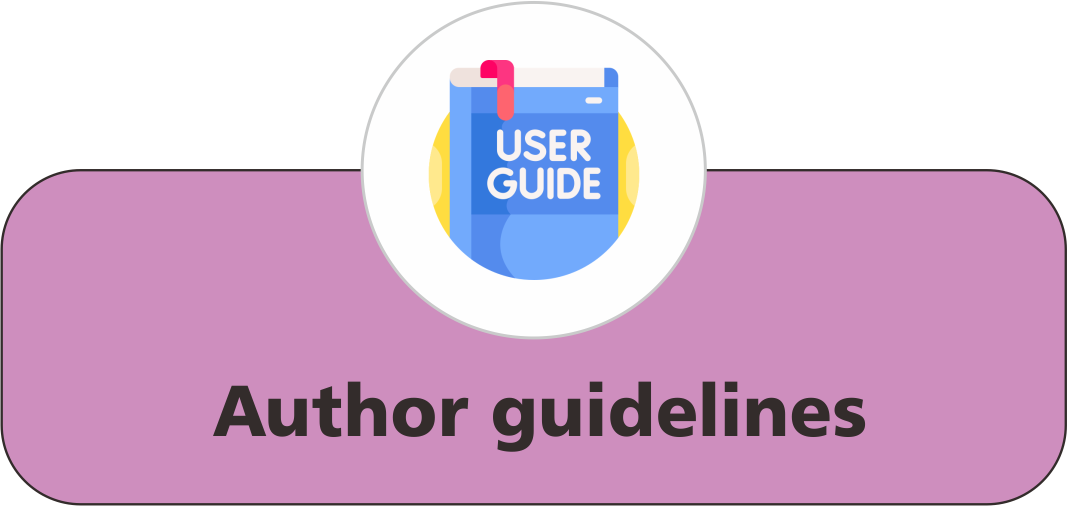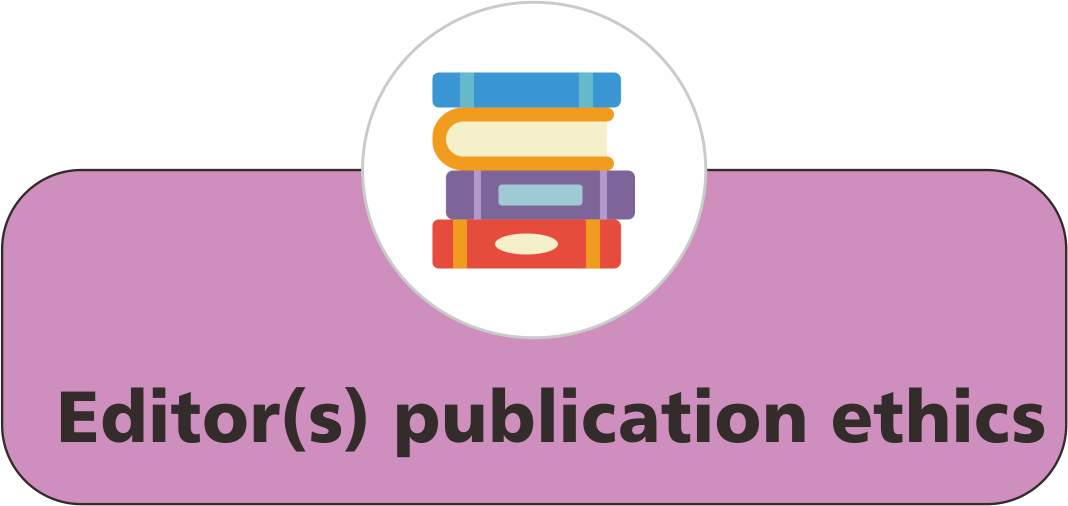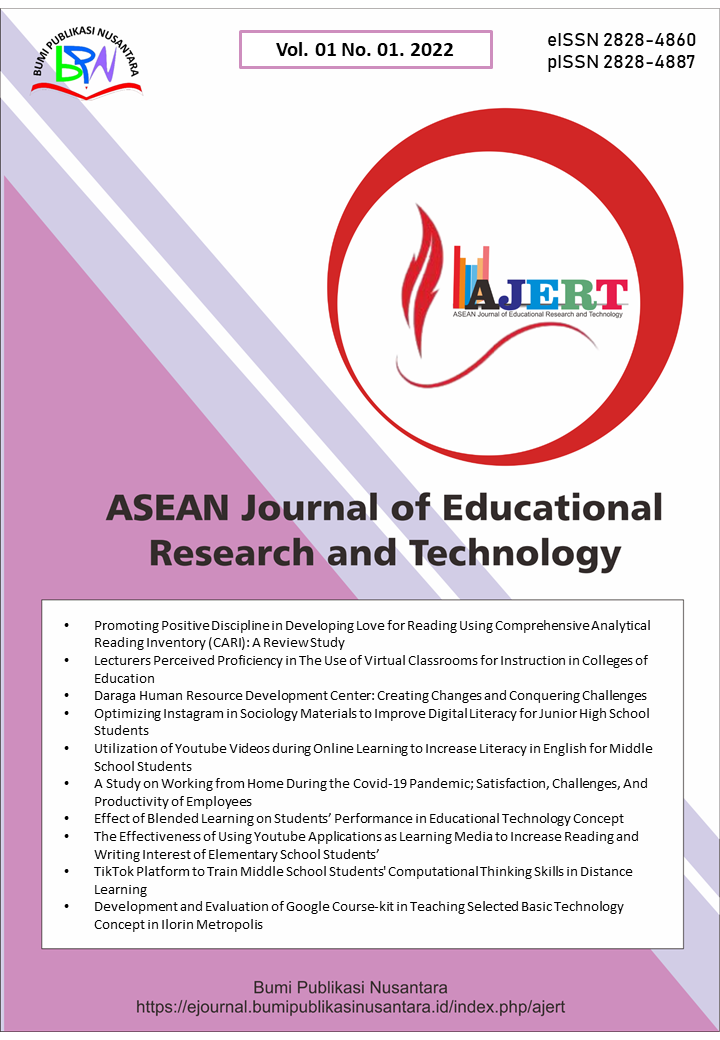Efforts to Improve Young Generation Problem Solving in the Era of Globalization Using Six Thinking Hats Analyzed with SPSS: Solving Literacy, Read, and Hoax
 ), Enrico Richardo(2), Marco Sutedjo(3), Muh. Syarifudin(4),
), Enrico Richardo(2), Marco Sutedjo(3), Muh. Syarifudin(4),
(1) SpInS Interactional School
(2) SpInS Interactional School
(3) SpInS Interactional School
(4) SpInS Interactional School
 Corresponding Author
Corresponding Author
Abstract
Today's Young Generation is often confused by the choices they have to make to enter college. With so many choices available, it can affect the choice of young people in making decisions to take the majors and campuses of their choice, as a result, many young people choose the wrong majors and end up unused by individuals, which wastes time and effort. As many as 87% of RI students feel they have the wrong major because many of them choose to follow their friends' and parents' reasons. Since many young people have this problem, the author researched to help young people in this position to think more effectively and make better decisions, namely with six thinking hats. "According to Dr. Edward De Bono, a psychologist, the six thinking hats method involves wearing six different colored hats, each representing a different way of thinking. With several "hats", the younger generation can see from 6 different perspectives. This six-thinking hats method can be an appropriate method to use in considering their choices. In this study, the author uses a one-group post-test experiment, which aims to help young people think about the right decision in overcoming the wrong major phenomenon.
Keywords
References
Aedi, W. G. (2020). Upaya meningkatkan prestasi belajar matematika dengan pendekatan problem solving. Jurnal Ilmiah Pendidikan Matematika, 5(1), 70-75
Aithal, P. S., and Kumar, P. M. (2017). Ideal analysis for decision making in critical situations through six thinking hats method. International Journal of Applied Engineering and Management Letters (IJAEML), 1(2), 1-9.
Aithal, P. S., and Kumar, P. M. (2017). Ideal analysis for decision making in critical situations through six thinking hats method. International Journal of Applied Engineering and Management Letters (IJAEML), 1(2), 1-9.
Cahyani, A. D. N., and Rasydah, A. (2020). Upaya meningkatkan minat membaca anak usia 4-5 tahun yang berkorelasi dengan tri pusat pendidikan. Cakrawala Dini: Jurnal Pendidikan Anak Usia Dini, 11(2), 110-116.
Faroh, A. U., Asikin, M., and Sugiman, S. (2022). Literature review: Kemampuan berpikir kreatif matematis dengan pembelajaran creative problem solving. JKPM (Jurnal Kajian Pendidikan Matematika), 7(2), 337-348.
Hariawan, H., Kamaluddin, K., and Wahyono, U. (2014). Pengaruh model pembelajaran creative problem solving terhadap kemampuan memecahkan masalah fisika pada siswa kelas XI SMA Negeri 4 Palu. JPFT (Jurnal Pendidikan Fisika Tadulako Online), 1(2), 48-54.
Khairat, A., Yarhamna, Y., Fuaddin, I., and Mardhiyah, L. (2022). Validitas Buku Model Perencanaan Pembelajaran untuk Sekolah Dasar Berbasis Pendekatan Humanistik. JISPE Journal of Islamic Primary Education, 3(2), 91-98.
Kivunja, C. (2015). Using De Bono’s six thinking hats model to teach critical thinking and problem-solving skills essential for success in the 21st century economy. Creative Education, 6(03), 380.
Pertiwi, D., Arifin, A. A. A., Utama, S. S., and Sembiring, M. A. (2021). Pengaruh Implementasi aplikasi penentu program studi berbasis android untuk calon mahasiswa STMIK royal. Journal of Science and Social Research, 4(3), 299-306.
Rachman, M. A. (2019). nilai, norma dan keyakinan remaja dalam menyebarkan Informasi sehari-hari di media sosial. JIPI (Jurnal Ilmu Perpustakaan dan Informasi), 4(1), 68-83.
Roswirman, R., and Elazhari, E. (2021). Pengaruh implementasi manajemen mutu terpadu dan disiplin kerja terhadap kinerja guru pada era new normal di SMK Swasta PAB 2 Helvetia. All Fields of Science Journal Liaison Academia and Sosiety, 1(4), 316-333.
Samosir, E. (2022). Kemampuan literasi matematika: Kaitannya dengan Kemampuan Pemecahan Masalah. Jurnal Riset Pendidikan Matematika Jakarta, 4(1), 60-72.
Setiawan, A. (2019). Keterbukaan diri dan kemampuan pemecahan masalah. Jurnal Psikologi: Jurnal Ilmiah Fakultas Psikologi Universitas Yudharta Pasuruan, 6(1), 68-80.
Article Metrics
Abstract View : 882 times
: 882 times Download : 387 times
Download : 387 times
Refbacks
- There are currently no refbacks.
Copyright (c) 2023 Bumi Publikasi Nusantara

This work is licensed under a Creative Commons Attribution-ShareAlike 4.0 International License.









